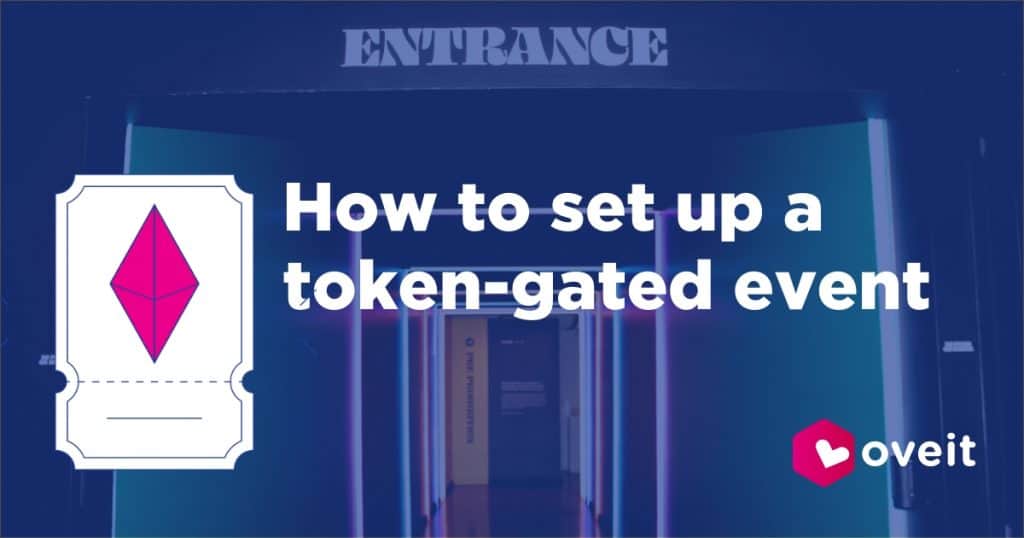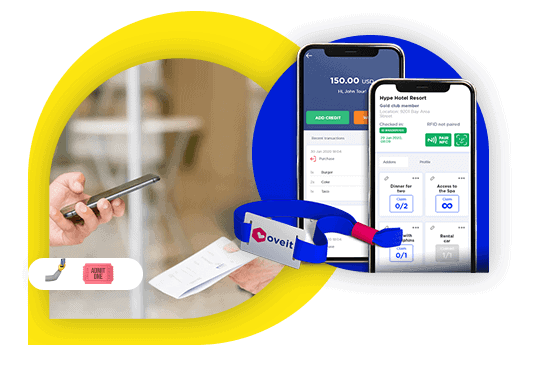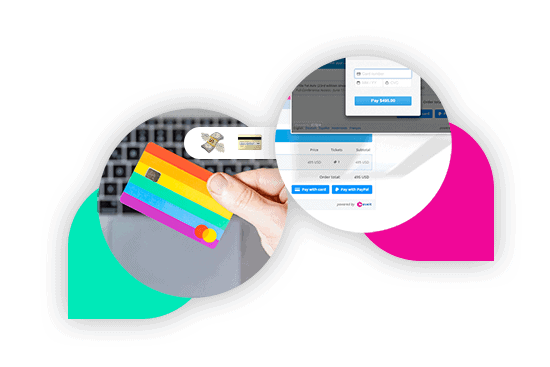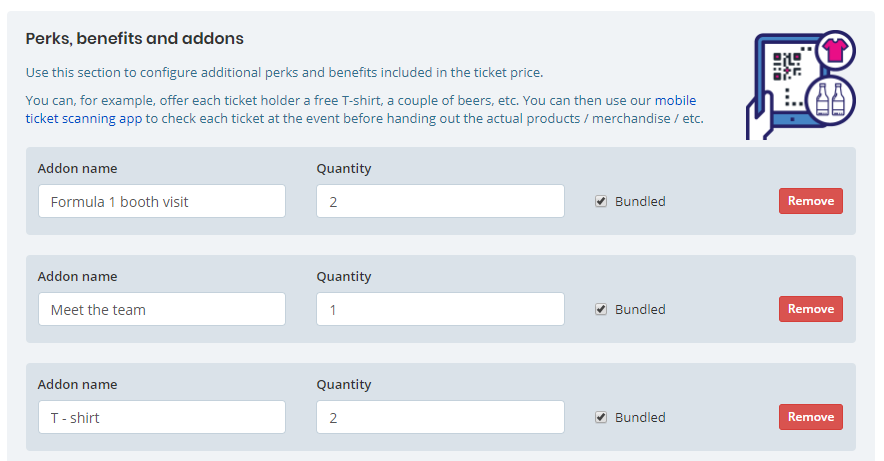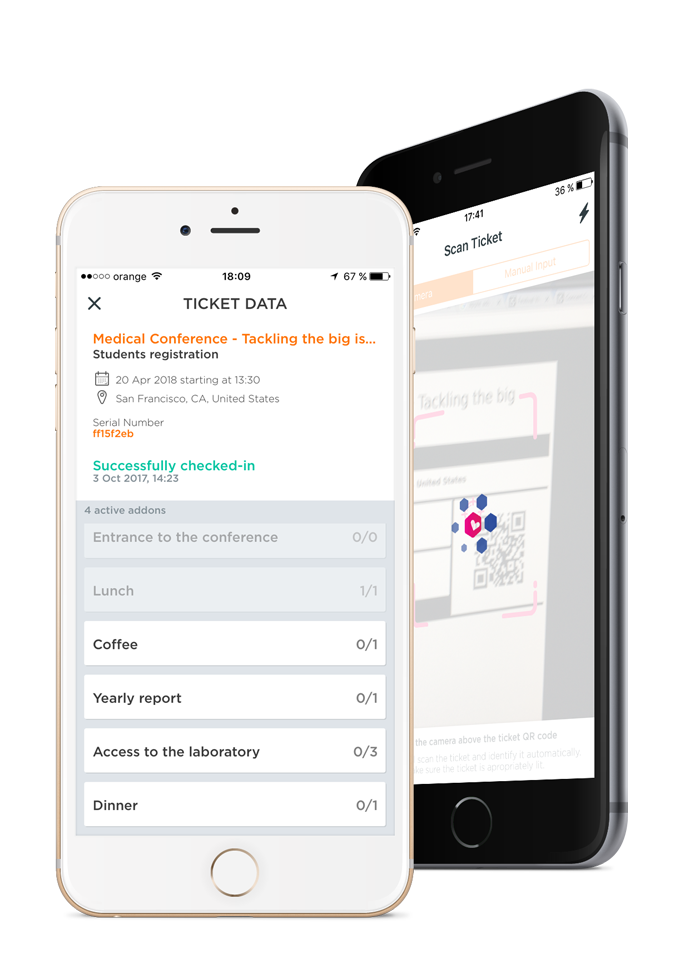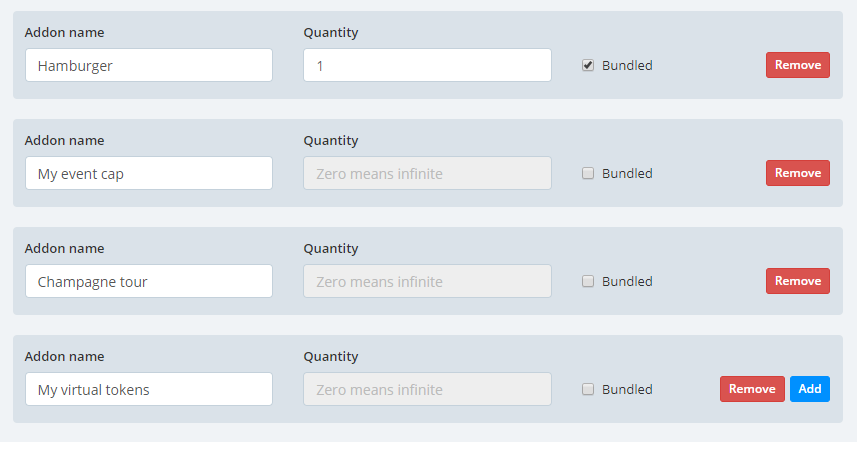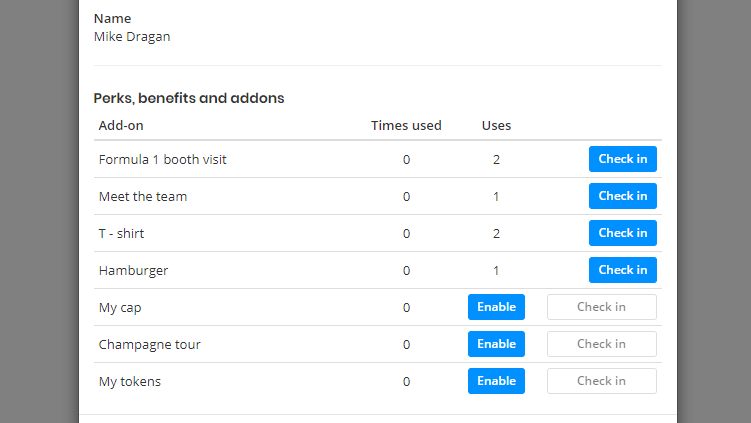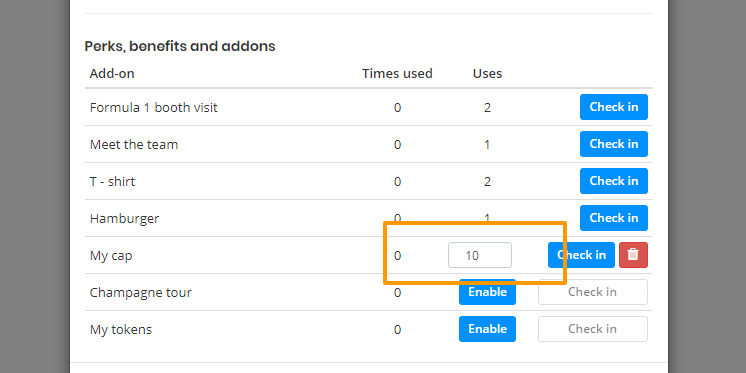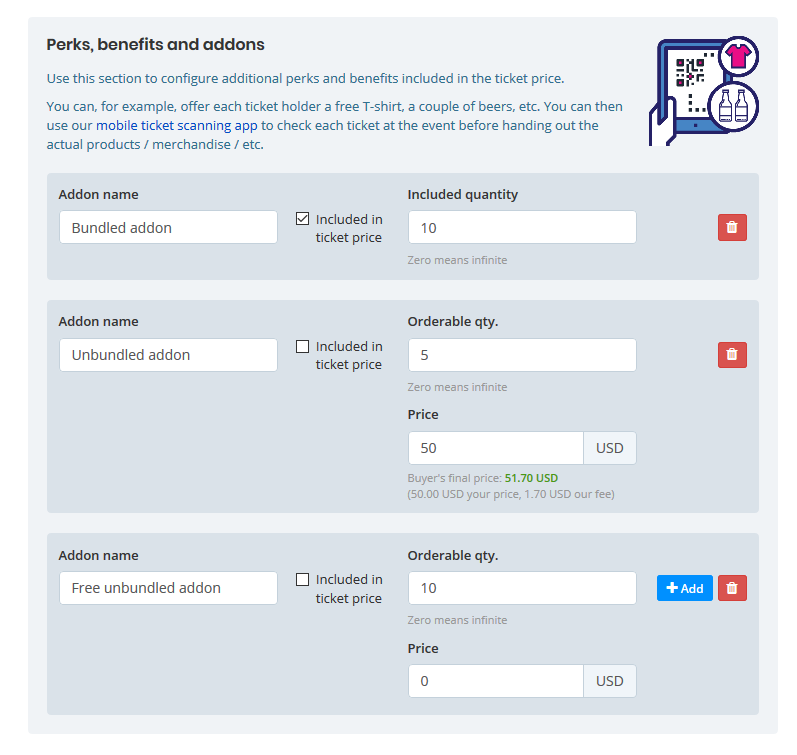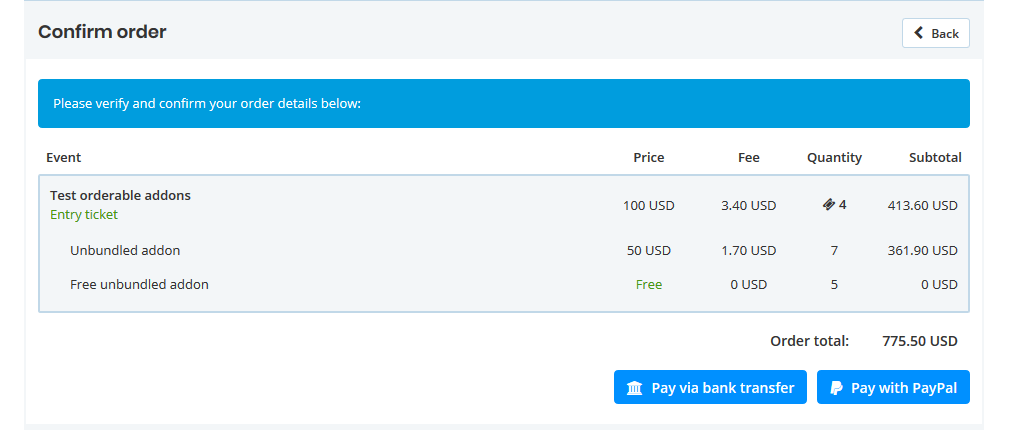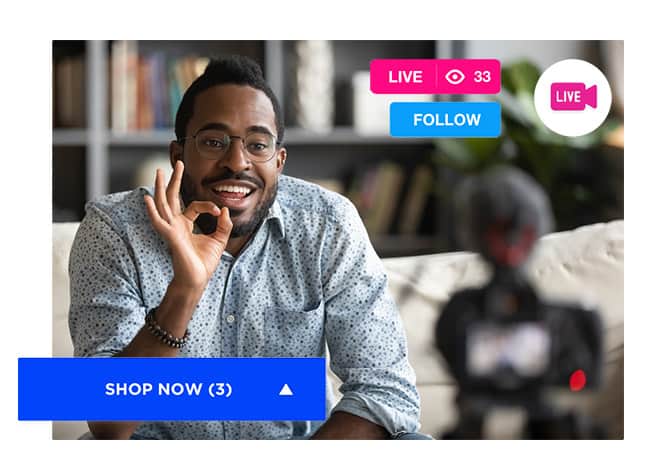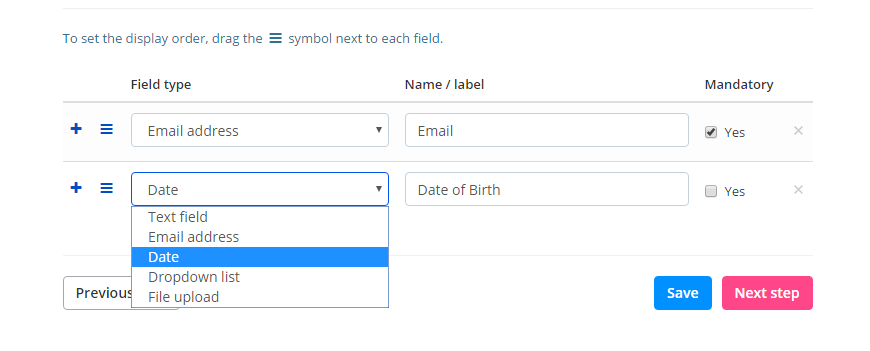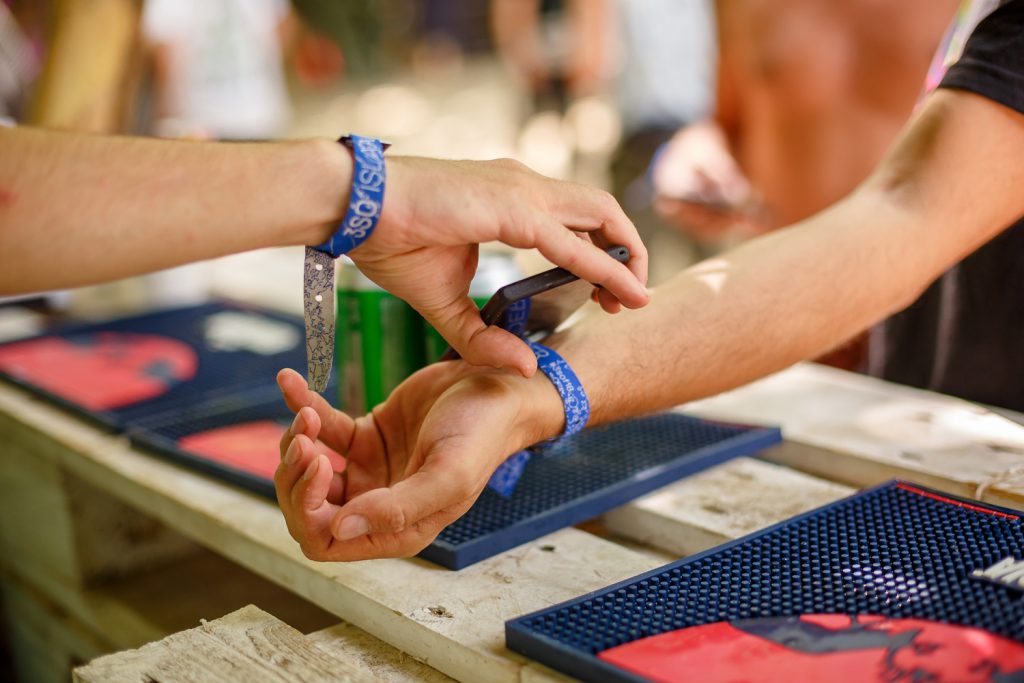The event ticketing market has seen fantastic progress over the last few years. And the development of Web3 allowed us to use emerging technologies to deliver better, safer experiences to our communities. So the improvements come not just in the number of sold tickets, but also in the technologies used for them. During this article, we will see how NFT tickets are changing the entertainment industry by focusing on how to set up a token-gated event. And, of course, why you should do it.
Simply put, token-gated events rely on a verification method based on Web3 tokens – instead of a classical e-ticket, the access is based on a non-fungible token. This makes it extremely efficient as it allows you to use it not just for one event, but also for other activities as well.
People love live experiences, and it’s expected that the event ticketing industry will have an annual growth of 3.5% in the next 5 years. According to Statista, the projected market volume for 2027 is US$82.45bn, a 54% growth from 2019. Our bet is that by 2027 the vast majority of events will rely on NFT tickets. Let’s see why.
What are token-gated events?
Token-gated is an expression that became popular with the rise of Web3. To access these experiences, you need a non-fungible token – like a cryptocurrency or an NFT. And the most popular form of token-gating an event (or any other type of content) is through NFTs and NFT ticketing.
For an event, this means that access management is done by checking attendees’ digital wallets for a specific token. While this is basically the equivalent of NFT tickets, let’s not forget that they are in fact smart tickets. And you can use it for so much more than just checking access credentials at the gates of your event.
So in this case, a token is gating the event – you don’t own a specific token, and you cannot access the specific event. Simple as that.
Initially, as the NFTs were generally used as collectibles, the access to the events they allowed you entrance to was issued separately. So all holders of a specific NFT collection (or a cryptocurrency) would receive their access codes before the start of the event.
Now, you can create flawless processes through NFT ticketing. You can create an NFT that, besides other perks, grants access to a specific event. So it’s a token-gated event where a specific NFT becomes a smart ticket. Unlike a traditional ticket, an NFT ticket’s utility is not limited to a specific event. The token used for admission control is also a limited-edition collectible, can be resold for profit, has different perks and add-ons (like VIP access) embedded, and offers many other benefits.
Why Use Token-Based Access for Your Event?
Setting up token-based access to your events will provide multiple benefits. For you and your community alike.
You may have heard of tokens before, like NFTs or cryptocurrency. For token-gated events, they’re not just simple access codes. They’re special digital smart contracts that can do a lot of different things. For example, they can store information about different access rights, have economic value, and offer other benefits too.
The great thing about these tokens is that they can help create new, exciting experiences. For example, imagine you have a community of people who are all interested in the same thing. With tokens, you can set up a variety of experiences that everyone in your community can access using the same “event pass.” And because tokens can be pre-programmed, they can also act as event passes, loyalty program cards, and even a way to make payments. So whether you’re using an existing token or creating a new one just for your event, tokens can make the experience even better for your attendees, not just during the event but even after.
Benefits of setting up Token-Gated Events
There are several benefits for setting up token-gated events, benefits that we have covered in the article covering the benefits of NFT tickets at large. But there are a few points that we should cover in this article in order to better understand why this type of token-gated event can make the overall experience better for your community.
Exclusivity
Besides security, token-gated events also add the feeling of exclusivity. Just those that have claimed a specific token have access to that event – so they will feel like part of something really special.
Stronger community
This will tighten your community. Traditionally, those joining a specific event are part of a specific community. But unfortunately, until now it was complicated to empower that community as the event ticket would lose all of its powers once the event is over. But now, with the help of token-gated events, the token-based authentication allows you to use the tokens to strengthen your community. The same tokens can be used for gating exclusive digital content, venues, access to limited-edition merchandise, future events, and so on.
Step-by-Step Guide to Setting Up Token-Gated Events
Web3, NFTs, cryptocurrencies; it may sound complicated but it’s remarkably easy to set up token-gated events. With Oveit, each ticket issued by our ticketing platform can be a non-fungible token. Stored on the blockchain, this ticket is in fact a smart contract between you and your community. One that will grant your attendees access to the event, but will also allow you to customize the experience furthermore to the exact extent that you want.
Create your account
The first thing you need to do is to create your account. You’ll just need to set up billing information and choose one or more payment processors. We work with direct debit for both traditional and NFT (e)tickets, meaning that each time somebody places an order money will go straight into your account.
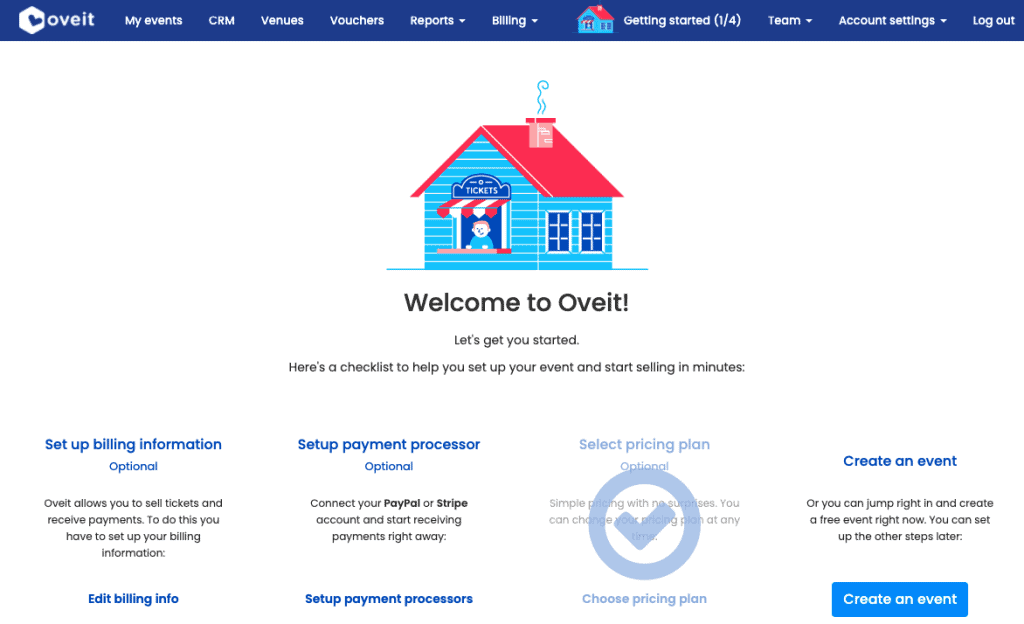
Also, even for token-gated events, you can allow your community to pay with both fiat and cryptocurrencies. We support multiple payment processors for both types of payments, allowing you to serve your customers regardless of the way they choose to pay.
Setting up your event for tokenized tickets
With Oveit, you can easily set up your next event in just a few minutes. You set up the event details like the name of the event, time and place, and what data you want to collect from your attendees.
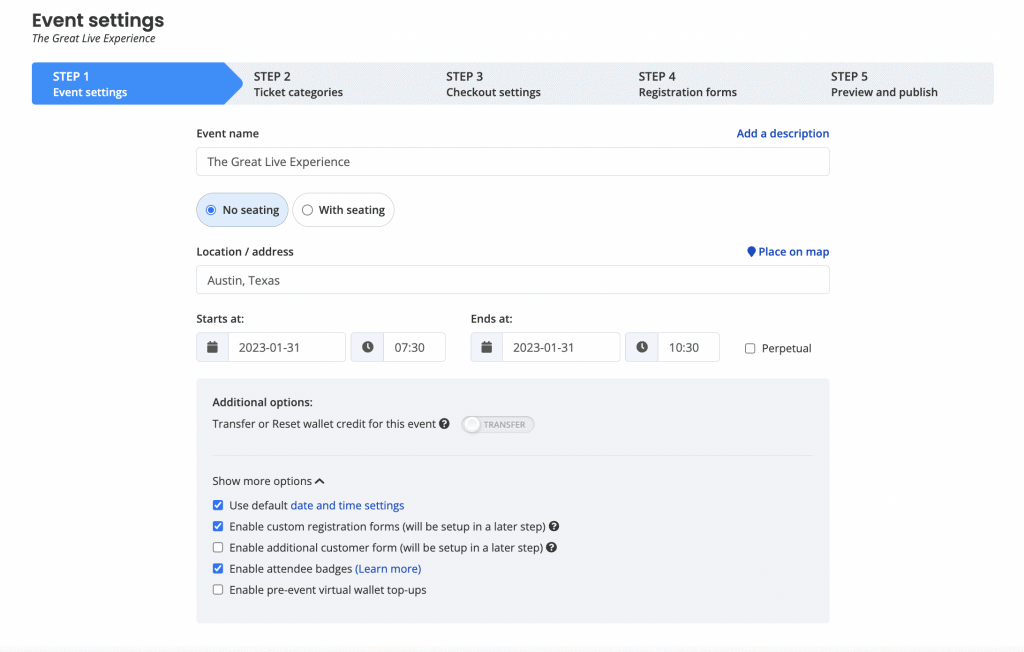
Setting up NFT tickets categories
For the NFT tickets, you can select the artwork that you want to be associated with the tokenized access credentials. You can choose from different formats like .pgn,.jpeg, or .gif, and the artwork will be minted for each of the tokenized tickets your customers will buy.
You can opt between uploading a single artwork for the entire ticket category or using entire collections. It’s up to you to create the experience your community wants.

Oveit also allows you to set up different perks and add-ons for each ticket category. They can be anything that you want, like special access, merchandise, beverage or food, or even access to future gigs. By using this option, you encourage your attendees to create their own, personalized journeys.
With our software, everything is under your control. Furthermore, you can customize the follow-up email, delivering the message in your exact tone of voice. Once you finish setting up your event you can start selling smart tickets on your website. Using a simple copy-and-paste implementation.
Yes, with Oveit you can sell tokenized tickets on your website. Just like you did with regular (e)tickets. And the great part is that we take care of all the complicated technical requirements, you just need to focus on delivering a great experience.
Getting on hold of an NFT ticket has never been easier. While we recommend MetaMask as the go-to wallet, we support a variety of digital wallets. Your attendees can choose the one that best suits them.
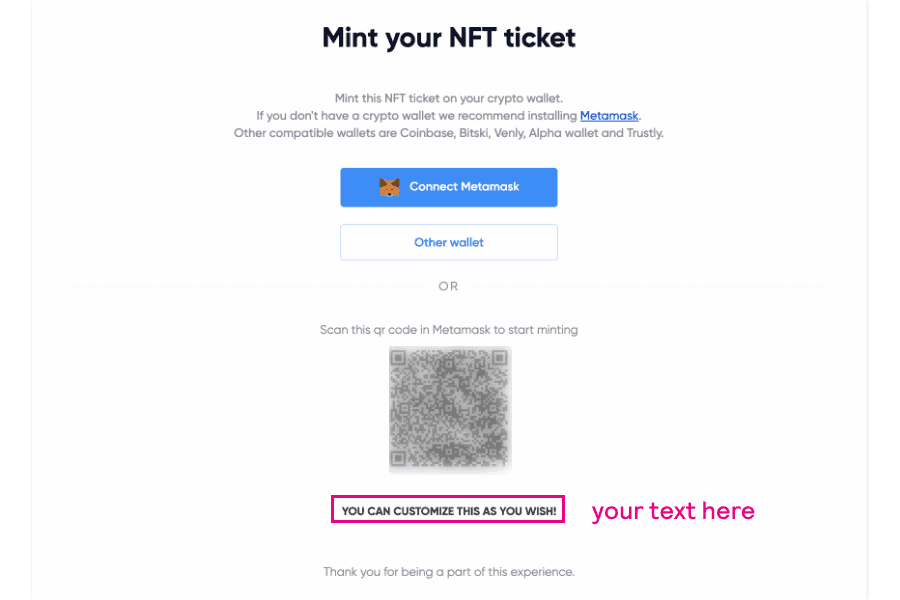
Once the NFT ticket is actually minted, buyers will receive a confirmation email. They can now sign it to their wallets, becoming the owner of the NFT. It’s also available on marketplaces like OpenSea or Rarible. Your community is now ready to access your token-gated event.
Managing event access at a token-gated event
We’ve kept event access management as simple as possible. Using our proprietary scanning app, you can check the access credentials for each ticket. The blockchain-based tokens contain a dynamic QR code used for scanning. Inside the app, you will see the benefits included in that particular smart ticket.
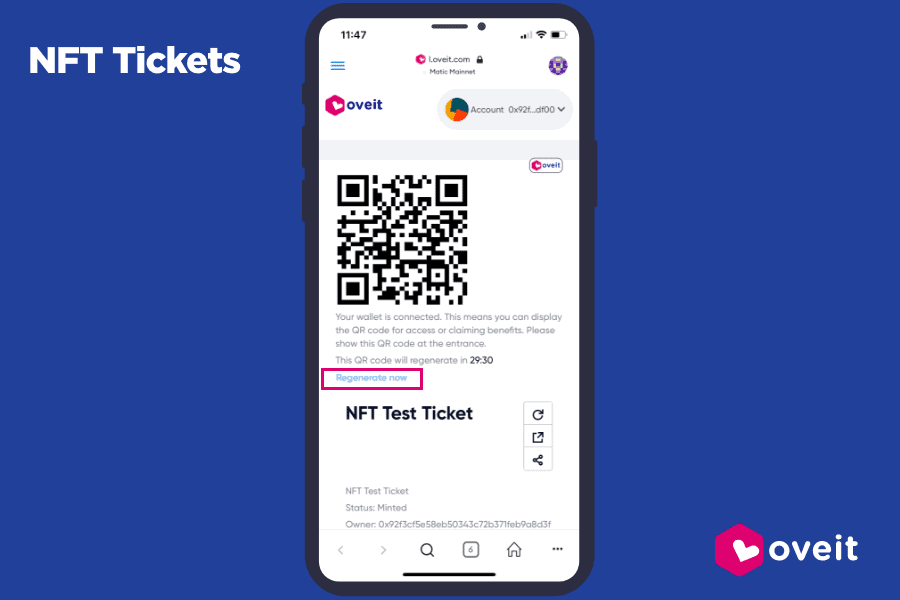
The dynamic QR code will regenerate every 30 minutes, making it impossible for anyone to copy it. This makes the experience safe for your attendees, as nobody can in fact steal or copy their event passes.
Final words
Token-gated events open new doors for live experiences. Online and in-person. Unlike traditional tickets, non-fungible tokens allow your community to be part of something special. Even long after the initial experience has ended.
